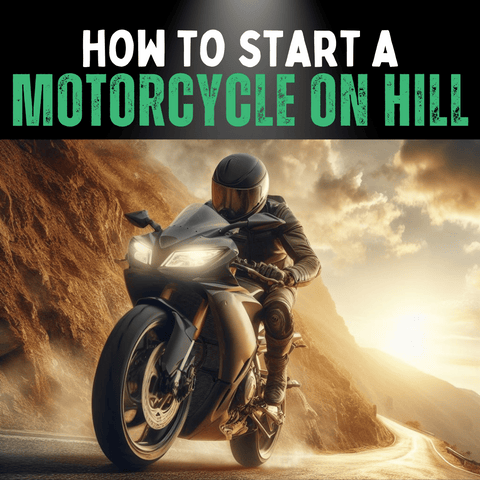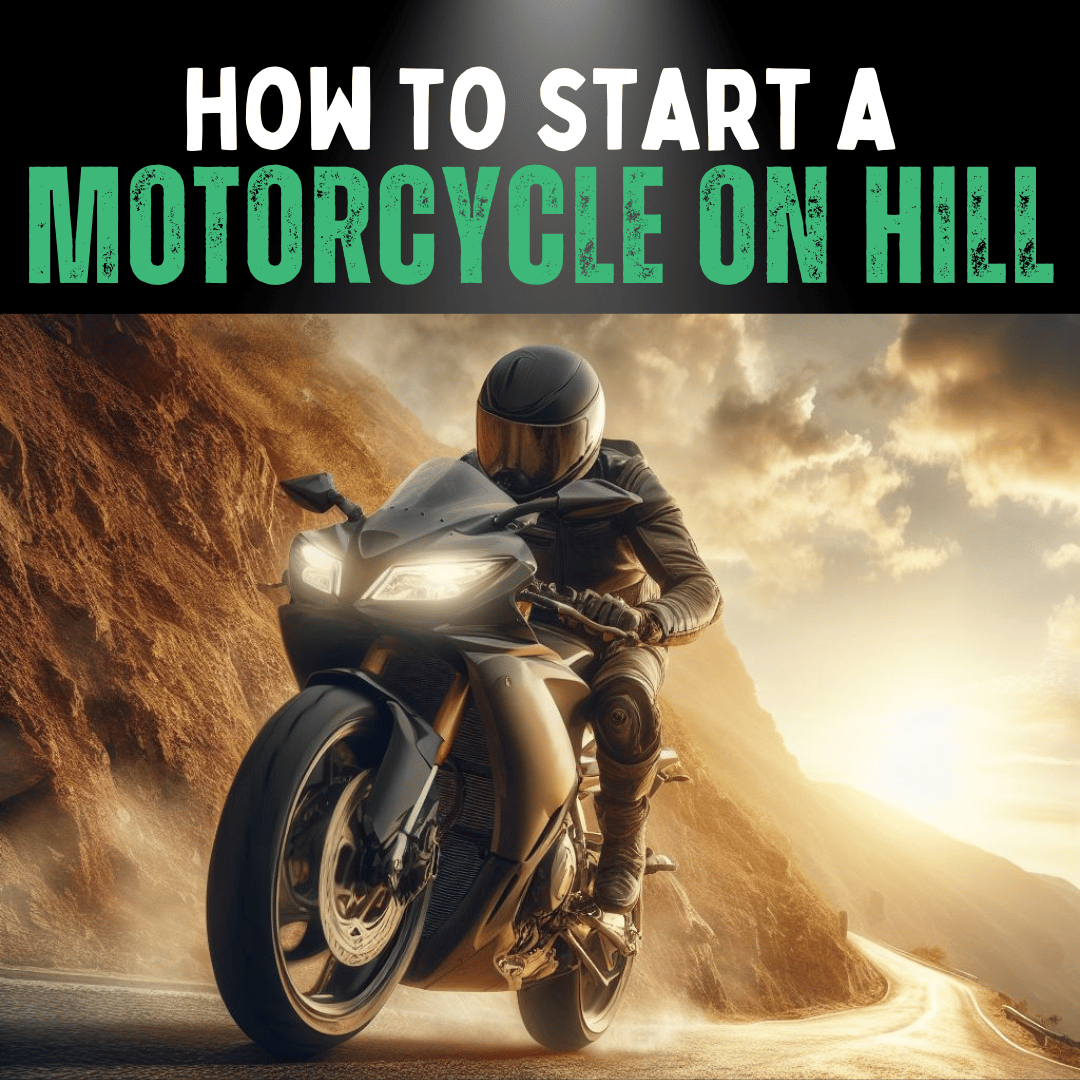
Updated: 25.4.25
Starting a motorcycle on a hill can feel like "Mission: Impossible." You're on an incline, the bike feels heavier than ever, and gravity is working against you.
But with the right technique—and some practice—you'll master this essential skill and conquer hills like a pro.
This guide walks you through everything you need to know about starting a motorcycle on a hill, ensuring your rides are exhilarating and safe.
1. Steps to Starting Your Motorcycle on a Hill
| Main Steps | Basic Instructions |
|---|---|
| Position Your Motorcycle | Stop perpendicular to the hill's slope |
| Foot Placement | Place both feet firmly on the ground |
| Brake Management | Apply rear brake to prevent rolling back |
| Apply Throttle | Increase throttle slightly more than usual |
| Clutch Control | Slowly release the clutch while applying throttle |
| Final Steps: Moving Forward | Release the brakes and move forward |
2. Preparation Steps
Choosing the Right Motorcycle
A lightweight bike is easier to manage on a hill compared to a heavy cruiser. Features like ABS can be a game-changer.
Understanding the Hill
Evaluate the slope's gradient and surface—gravel needs different handling than asphalt.
The Rider's Mindset
Your skill level and confidence will significantly affect your hill starts. Stay calm and focused.
Safety First
Wear full safety gear—helmet, jacket, gloves, and boots. Check your brakes and clutch before riding.
3. Emergency Procedures
If Your Bike Rolls Back
- Stay calm
- Engage clutch
- Apply both brakes
- Stabilise and retry
If Your Motorcycle Stalls
- Stay calm
- Hold brakes firmly
- Restart the engine safely
- Check surroundings before proceeding
4. Practice Makes Perfect
Safe Practice Tips
Practice in a traffic-free environment like an empty parking lot with an incline.
5. Safety Gear Essentials
Helmet, Gloves, Jacket, and Boots
- Ensure visibility, grip, and protection
- Look for non-slip soles and proper ventilation
Frequently Asked Questions
What should I do if my motorcycle stalls on a hill?
Engage your brakes, restart safely, and only proceed when it's clear and safe.
Where is the best place to practice hill starts?
An empty, slightly inclined parking lot is ideal for practicing without traffic pressures.
Should I use the rear brake or the front brake during a hill start?
Prioritise the rear brake; it frees your hands for throttle and clutch control, enhancing balance.
What's a good gradient for beginner hill starts?
Start on gentle slopes and gradually work your way up to steeper hills (around 10% gradient).
Want More Riding Tips?
Explore More 🚀
Love learning about motorcycle skills? Explore even more at RiiRoo.com.
Got questions? Our Live Chat team is ready to help!







Share:
How To Measure Rpm On Your Motorcycle
What RPM Should I Ride My Motorcycle At?